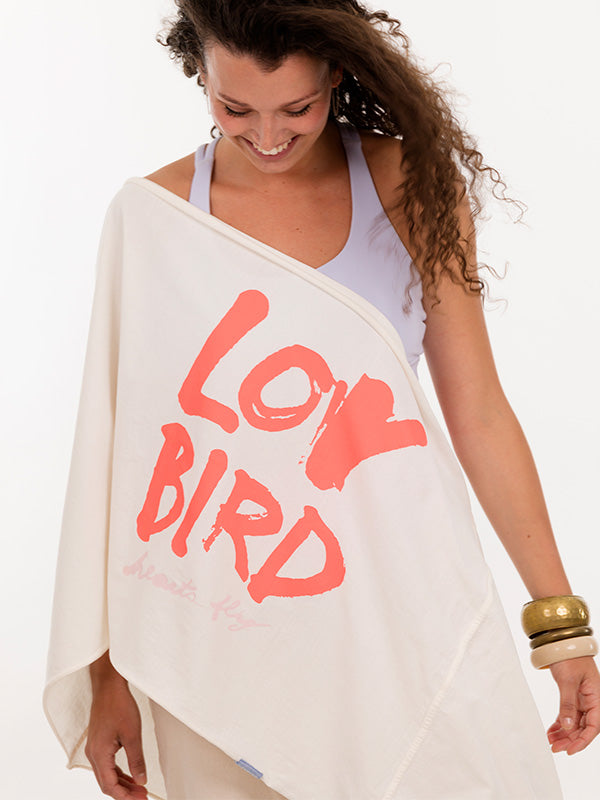At night, and often during the early morning hours, my urban garden comes alive with wildlife. Unique characters nap on my fence;
a broken-tailed squirrel, a not so handsome possum, and my regular group of visitors - a young family of raccoons, come to rest on a low roof, and when they are ready, drink from the bowls of water I've laid out for them.
During the day, the birds come for shade and water, and I am always surprised to see the strange insects that actually pause for a sip from the shallow saucer. From shelter to fuel, the basics of life for all beings are much the same – and as our cities intensify and neighbourhoods are built to accommodate people, not “critters”, our wildlife – already dealing with habitat loss - is suffering.
Additional challenges include the architecture of today – not only are our glass clad buildings a danger to birds through window collisions, but they lack the nesting places - the nooks and crannies of older homes. Other hazards like the loud pops and bangs that marks our firework celebrations, along with invasive park festivities through the summer months, and of course, speeding traffic which is the cause of so many wildlife fatalities, make life more difficult for our wild friends. We need a gentle reminder that animals in the city have often adjusted their active hours to the late evening to avoid the distress and dangers that are present during the city daylight hours. So, lets make their lives less stressful by keeping our eyes open for them. From bugs to skunks, all have a purpose in our world, just like we do. And our purpose might simply be to make room in our city for the critters.
Creating a wildlife friendly city needs the concerted energy of individuals, communities, and the city, but everybody can make a difference by deciding to share this city with Mother Nature's creatures.
HERE ARE SOME STARTER IDEAS:
Make a dedication to feed the birds – particularly during winter/spring when there is little to forage.
Provide water for all the backyard critters including bugs! Bees and other insects like to drink from shallow saucers.
In spring help provide nesting materials (fluffs of your dogs fur, strands of wool, lint from the dryer are good for that).
Place in the garden for pick-up.
Remove any litter/waste you see lying about that can hurt our wildlife.
Plant bird-friendly berry bearing shrubs and trees in the yard.
Keep your yard pesticide free.
In areas of high wildlife, ask for signs from your city councelor to be posted for awareness purposes.
Ask your councilor/parks department for more wildlife friendly “habitats” in the community.
Make a list of the local rescue organizations that accept injured wildlife.
Remember that all run on donations and contribute what you can.
Hook into a community that can
offer injured critters rides to shelters.
When walking in naturalized areas, attempt to keep your pup on a leash, especially where you know there is a lot of animal activity.
Teach your children to appreciate the wonder of all living things – creepy-crawlies, too!
Let’s create urban environments where animals and people can exist and thrive together.



Leave a comment